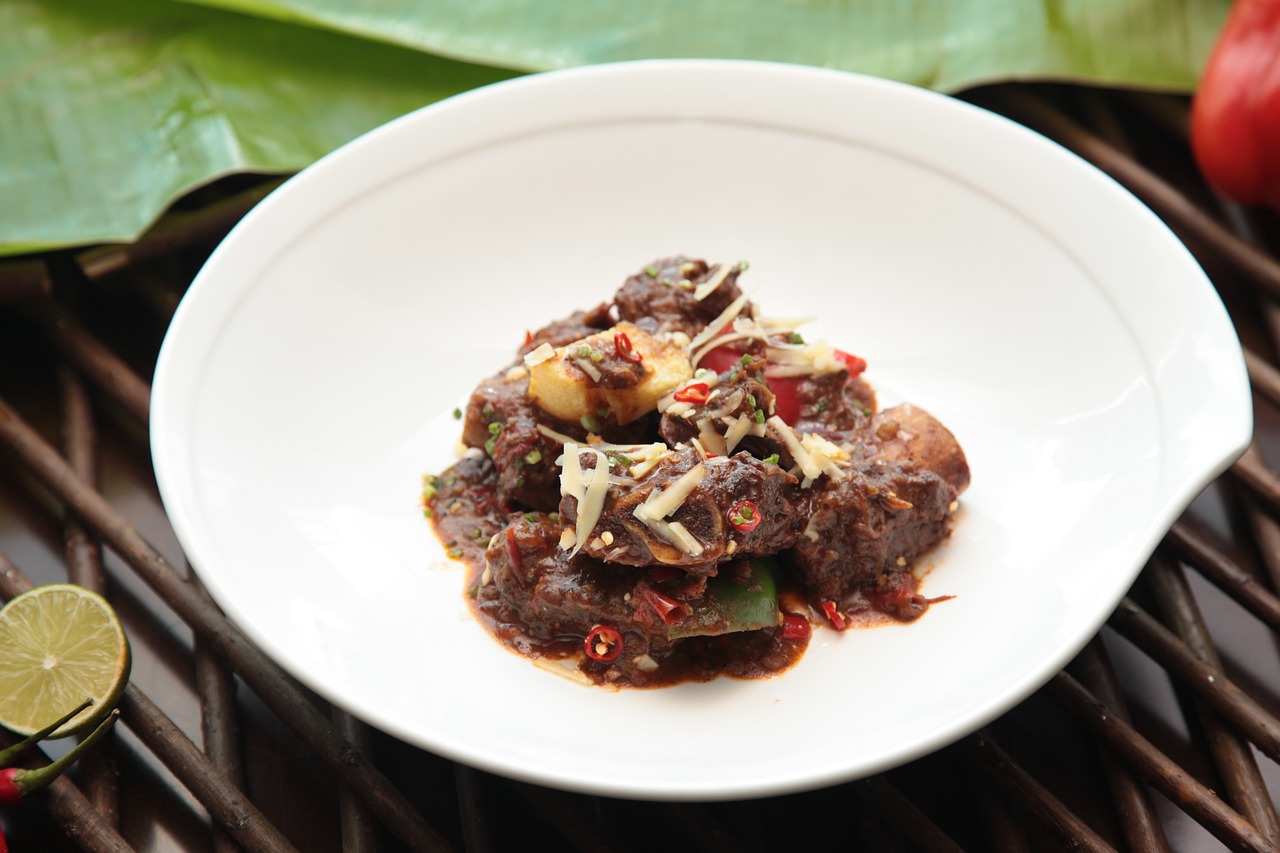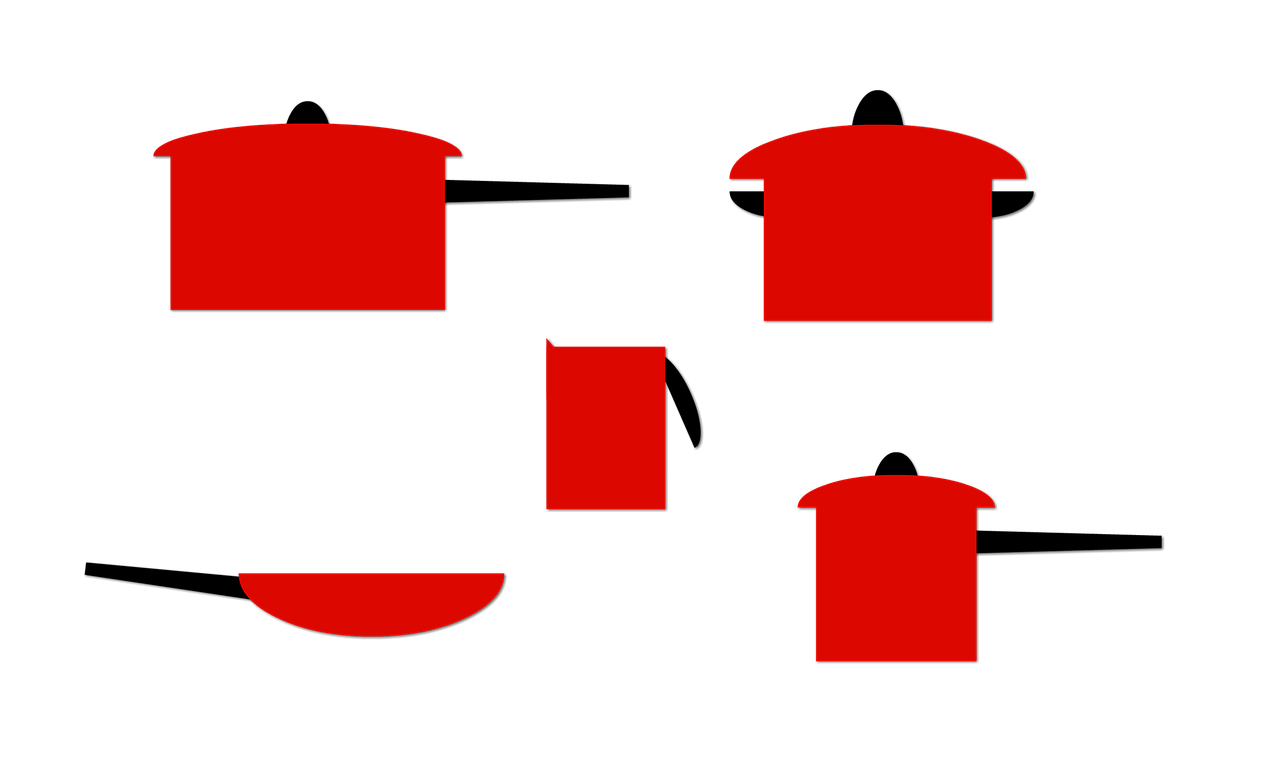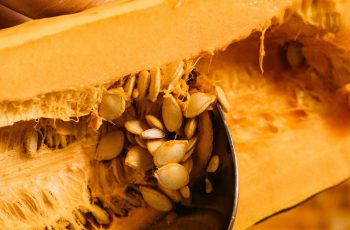Ad Blocker Detected
Our website is made possible by displaying online advertisements to our visitors. Please consider supporting us by disabling your ad blocker.
In today’s article, we will be exploring the topic of cleaning and maintaining stainless steel pressure cookers. If you’re a proud owner of one, you know how valuable these kitchen appliances can be in saving time and preparing delicious meals. However, ensuring that your pressure cooker remains in top-notch condition requires a little bit of TLC. From providing helpful tips for removing tough stains to guiding you on how to keep the lid seal in perfect shape, this comprehensive guide will help you keep your stainless steel pressure cooker shiny and functional for years to come. So, let’s delve into the world of stainless steel pressure cooker cleaning and maintenance together!
Importance of Cleaning and Maintaining a Stainless Steel Pressure Cooker
A stainless steel pressure cooker is a versatile kitchen appliance that can help you prepare meals quickly and efficiently. However, just like any other kitchen equipment, it requires regular cleaning and maintenance to ensure its optimal performance and longevity. Cleaning and maintaining your pressure cooker not only prevent the build-up of residue but also extend its lifespan and ensure safe and hygienic cooking. In this article, we will guide you through the process of cleaning and maintaining your stainless steel pressure cooker, step by step.
Cleaning the Exterior of the Stainless Steel Pressure Cooker
The exterior of your stainless steel pressure cooker can get dirty over time due to cooking oils, spills, and everyday handling. To keep it looking clean and shiny, start by washing it with warm soapy water. Use a gentle dish soap and a soft sponge or cloth to avoid scratching the stainless steel surface. Rinse thoroughly with warm water and dry it with a clean towel.
In case there are stubborn stains on the exterior, you can use a vinegar solution to remove them. Mix equal parts of water and vinegar in a spray bottle and spray it onto the stains. Let it sit for a few minutes, then gently scrub the area with a soft brush or sponge. Rinse with water and dry it completely.

Cleaning the Interior of the Stainless Steel Pressure Cooker
The interior of your pressure cooker can accumulate food remnants and stains, especially after cooking certain types of dishes. To ensure a clean and hygienic cooking environment, it is important to remove these residues.
Start by removing any large food particles or leftovers from the cooker. Use a wooden or plastic utensil to scrape off any remaining food remnants, being careful not to scratch the stainless steel surface.
For tough stains or stubborn residue, you can utilize baking soda. Sprinkle a generous amount of baking soda over the stained area and add a small amount of water to create a paste. Let it sit for a few minutes, then scrub the area gently using a soft brush or sponge. Rinse thoroughly with water to remove all traces of baking soda.
Cleaning the Pressure Release Valve and Gasket
The pressure release valve and gasket play crucial roles in the proper functioning of a pressure cooker, and they also need regular cleaning and maintenance.
To clean the pressure release valve, you may need to remove it from the cooker. Refer to your pressure cooker’s user manual for instructions on how to do this safely. Once removed, wash the valve with warm soapy water and gently scrub it with a soft brush to remove any build-up or residue that may have formed. Rinse thoroughly and make sure there are no traces of soap left. Allow the valve to dry completely before reattaching it to the cooker.
The gasket, which seals the pressure cooker and prevents steam from escaping, also needs to be cleaned regularly. Start by wiping down the gasket with a damp cloth to remove any visible debris. Make sure to clean both sides of the gasket thoroughly. If you notice any stubborn stains or residue, you can apply a small amount of dish soap to the cloth and gently scrub the gasket. Rinse with water and dry it completely before reusing.

Deep Cleaning and Descaling the Stainless Steel Pressure Cooker
Over time, mineral deposits can build up inside the pressure cooker, especially in areas where hard water is used. To remove these deposits and ensure the optimal performance of your cooker, it is recommended to deep clean and descale it periodically.
You can use either vinegar or citric acid solution for this purpose. Mix equal parts of water and vinegar or citric acid in the pressure cooker and let it sit for a few hours or overnight. The acidity of vinegar or citric acid helps dissolve the mineral deposits.
After soaking, scrub the interior of the pressure cooker gently with a soft brush or sponge to remove the loosened deposits. Rinse thoroughly with water to ensure all traces of vinegar or citric acid are gone. Dry it completely before using it again.
Maintaining the Stainless Steel Pressure Cooker
Regular maintenance is essential to keep your stainless steel pressure cooker in good working condition.
One crucial aspect of maintenance is regularly checking and replacing the gasket. Over time, the gasket may wear out or lose its effectiveness, leading to leaks and compromised safety. Inspect the gasket for any signs of cracks, tears, or deterioration. If you notice any damage, it’s important to replace it with a new gasket to ensure a proper seal.
Another important maintenance task is inspecting the pressure release valve. The valve should move freely and show no signs of damage or blockage. Check for any signs of rust or build-up that may hinder its proper functioning. If you notice any issues, consult your pressure cooker’s user manual or contact the manufacturer for guidance on cleaning or replacing the valve.

Storing the Stainless Steel Pressure Cooker
Proper storage of your pressure cooker is essential to maintain its quality and longevity.
After cleaning, always allow the cooker to completely dry before storing it. Ensure all parts, including the lid, gasket, and pressure release valve, are completely dry to prevent the growth of mold or mildew.
To keep everything organized and easily accessible, store all parts together. Make sure the cooker is properly assembled and secured for storage purposes. This will help avoid misplacement of parts and ensure you have everything you need when it’s time to cook.
Avoiding Common Mistakes in Cleaning and Maintenance
To avoid potential damage to your stainless steel pressure cooker, it’s important to be aware of common mistakes that should be avoided during cleaning and maintenance.
One common mistake is using harsh abrasives or scouring pads to clean the cooker. These can scratch the stainless steel surface and ruin its appearance. Instead, opt for soft brushes or sponges that won’t cause any damage.
Neglecting to clean the pressure cooker regularly is another mistake to avoid. Regular cleaning prevents the build-up of residue and ensures optimal performance. Make it a habit to clean your cooker after each use to maintain its cleanliness and lifespan.
Additional Tips for Cleaning and Maintaining a Stainless Steel Pressure Cooker
Here are some additional tips to enhance the cleaning and maintenance of your stainless steel pressure cooker:
- Use a microfiber cloth for shining the exterior of the cooker. Microfiber cloths are gentle and effective in removing fingerprints and smudges, leaving your pressure cooker looking polished and shiny.
- Avoid contact with salt. Salt can cause pitting or corrosion on stainless steel surfaces. If you’re cooking with salt, make sure to dissolve it in liquid before adding it to the pressure cooker.
Conclusion
Cleaning and maintaining your stainless steel pressure cooker is crucial for its optimal performance and longevity. By following the steps and tips outlined in this article, you can ensure that your pressure cooker remains in pristine condition, prevents the build-up of residue, extends its lifespan, and ensures safe and hygienic cooking. With regular and proper care, your stainless steel pressure cooker will continue to serve you well for many years to come.

